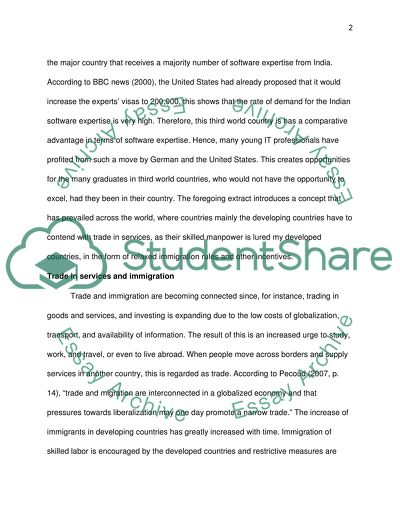Cite this document
(“The German Interior Minister Otto Schily announced that immigration Essay”, n.d.)
Retrieved from https://studentshare.org/environmental-studies/1418457-the-german-interior-minister-otto-schily-announced
Retrieved from https://studentshare.org/environmental-studies/1418457-the-german-interior-minister-otto-schily-announced
(The German Interior Minister Otto Schily Announced That Immigration Essay)
https://studentshare.org/environmental-studies/1418457-the-german-interior-minister-otto-schily-announced.
https://studentshare.org/environmental-studies/1418457-the-german-interior-minister-otto-schily-announced.
“The German Interior Minister Otto Schily Announced That Immigration Essay”, n.d. https://studentshare.org/environmental-studies/1418457-the-german-interior-minister-otto-schily-announced.


